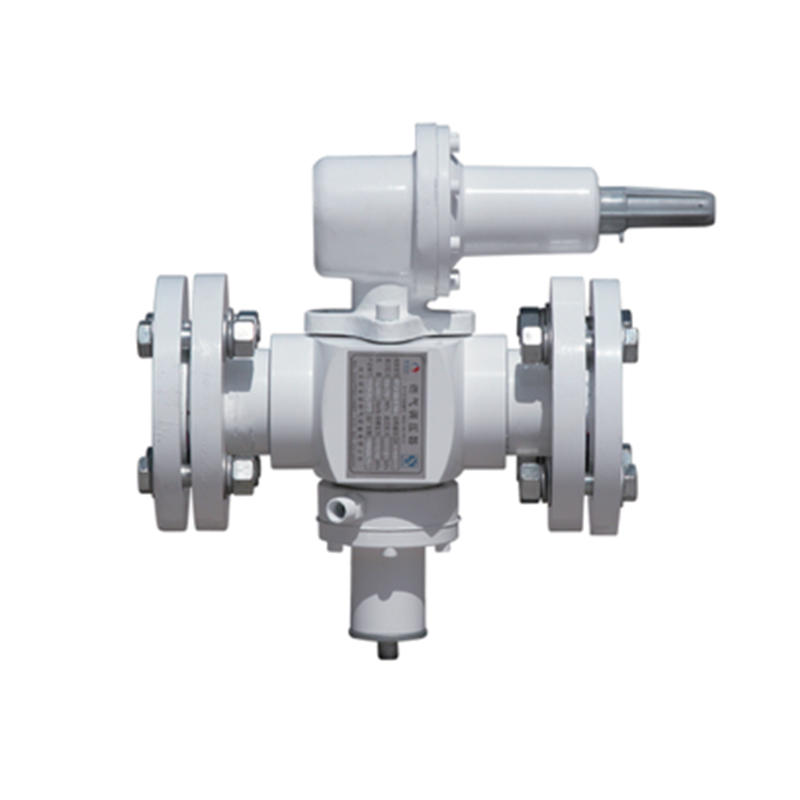
Dec . 01, 2024 05:34
Back to list
Pressure Relief Strategies for Enhanced Comfort and Well-Being
Understanding Pressure Relief Valves An Essential Component in Industrial Systems
Pressure relief valves (PRVs) are critical components in various industrial applications, designed to protect equipment and ensure the safety of operations. They play a vital role in managing pressure levels within systems, preventing hazardous situations that can arise from excessive pressure buildup. This article provides an overview of pressure relief valves, their functions, types, and importance in maintaining operational safety.
At its core, a pressure relief valve is a safety device that automatically releases excess pressure from a system, thereby preventing potential damage to equipment or catastrophic failure. When the pressure inside a vessel, pipeline, or system exceeds a predetermined limit, the valve opens to allow fluid to escape. This action helps to stabilize pressure, ensuring it stays within safe operational limits.
One of the primary functions of a PRV is to protect against pressure surges, which can occur due to sudden changes in system dynamics, such as pump failure, thermal expansion, or blockages. Without a functioning relief valve, these surges can lead to ruptured pipes, exploded tanks, or other dangerous situations, posing risks not only to equipment but also to personnel and the surrounding environment.
.
1. Spring-Loaded Valves These are the most widely used PRVs. They operate on the principle of a spring that holds the valve closed. When the pressure exceeds the spring’s set point, the valve opens, allowing the excess pressure to escape. This type is simple, reliable, and requires minimal maintenance.
مزلقة تخفيف الضغط

2. Pilot-Operated Valves These valves are used in applications where higher flow rates are necessary. They work by using system pressure to control the main valve, offering improved responsiveness and precision. Pilot-operated valves are ideal for larger industrial systems, where maintaining exact pressure levels is crucial.
3. Thermal Relief Valves These valves are specifically designed to handle thermal expansion of liquids. They automatically relieve pressure that builds up due to temperature increases, making them essential in systems that experience significant temperature fluctuations.
The importance of pressure relief valves cannot be overstated. They are not just regulatory requirements; they are essential for safe and efficient operations. Industrial facilities, including chemical plants, oil refineries, and power generation stations, rely on PRVs to mitigate risks and ensure compliance with safety standards. Regular maintenance and testing of these valves are crucial to ensure their reliability and functionality.
Failure to maintain effective pressure relief systems can lead to disastrous consequences. History is replete with examples of industrial accidents caused by inadequate pressure management, leading to loss of life, environmental disasters, and significant financial costs. Therefore, investing in quality pressure relief valves, along with proper installation and regular maintenance, is essential for any operation.
In conclusion, pressure relief valves are indispensable safety devices that protect industrial systems from the dangers of excess pressure. By understanding their functions, types, and the critical role they play in operational safety, industries can ensure their processes run smoothly and safely. As technology advances, the design and efficiency of PRVs will continue to improve, further enhancing safety and reliability in various applications. Emphasizing the importance of these devices is vital for anyone involved in the management and operation of industrial systems, ensuring safer work environments for all.
Next:
Latest news
-
Safety Valve Spring-Loaded Design Overpressure ProtectionNewsJul.25,2025
-
Precision Voltage Regulator AC5 Accuracy Grade PerformanceNewsJul.25,2025
-
Natural Gas Pressure Regulating Skid Industrial Pipeline ApplicationsNewsJul.25,2025
-
Natural Gas Filter Stainless Steel Mesh Element DesignNewsJul.25,2025
-
Gas Pressure Regulator Valve Direct-Acting Spring-Loaded DesignNewsJul.25,2025
-
Decompression Equipment Multi-Stage Heat Exchange System DesignNewsJul.25,2025

